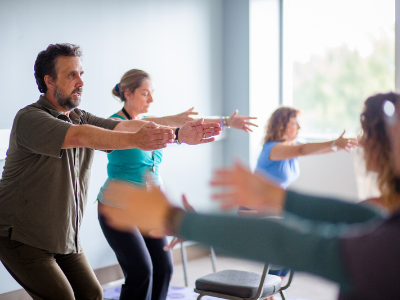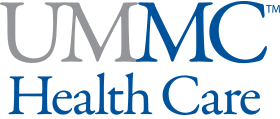Preventive Medicine
Exercise Is Medicine (EIM)
 Video Series (external link)
Video Series (external link)The Power of Physical Activity
Physical Activity: A Prescription for Health
In February, the 2018 Physical Activity Guidelines Advisory Committee submitted its Scientific Report (external link) to the U.S. Secretary of Health and Human Services. This report summarizes the scientific evidence on physical activity and health and was used to develop the second edition of the Physical Activity Guidelines for Americans. The following table from Part D Integrating the Evidence highlights both established and new findings.
Physical Activity-related Health Benefits for the General Population and Selected Populations
Adults, all ages | |
|---|---|
All-cause mortality |
|
Cardiometabolic conditions |
|
Cancer |
|
Brain health |
|
Weight status |
|
Older Adults | |
|---|---|
Falls |
|
Physical function |
|
Individuals with Pre-Existing Medical Conditions | |
|---|---|
Breast cancer |
|
Colorectal cancer |
|
Prostate cancer |
|
Osteoarthritis |
|
Hypertension |
|
Type 2 diabetes |
|
Multiple sclerosis |
|
Dementia |
|
Some conditions with impaired executive function |
|
Note: Benefits in bold font are those added in 2018; benefits in normal font are those noted in the 2008 Scientific Report. Only outcomes with strong or moderate evidence of effect are included in the table.
Despite the health benefits of regular physical activity and the consequences of a sedentary lifestyle:
- Globally, 23 percent of adults 18+ and 80 percent of adolescents are insufficiently active.
- According to the US 2016 National Health Interview Survey, 48 percent of adults are not meeting the Physical Activity Guidelines for aerobic activity, and 78 percent of adults are not meeting the guidelines for both aerobic and strength training.
- U.S. adolescents and adults spend almost eight hours a day in sedentary behaviors.
- Approximately 36 percent of adults engage in no leisure-time physical activity at all.
RESOURCES
2018 Physical Activity Guidelines Advisory Committee Scientific Report
- Current Guidelines and Supporting Materials (external link)
- ACSM Scientific Pronouncements (external link)
UMMC Exercise Is Medicine
While going through EIM an exercise physiologist will take time for an in-depth discussion with you about your physical activity concerns and goals. After identifying your specific health risks, the specialist will create your custom home exercise plan. It will be your playbook for reaching the goals that can make the biggest difference in your health. If needed, you can schedule follow-up visits to track your progress to a healthier lifestyle and improved results.
What does insurance cover?
EIM currently does not accept insurance. However, all patients of the Lifestyle Medicine Clinic receive a free 60-minute session with the exercise physiologist. During this session, goals will be assessed, basic outcome measures be taken, and exercise counseling. The exercise physiologist would write a customized Home Exercise Program for each patient to start their physical activity journey.
Our contact information:
To schedule an appointment or refer a patient, call (601) 984-2233.


